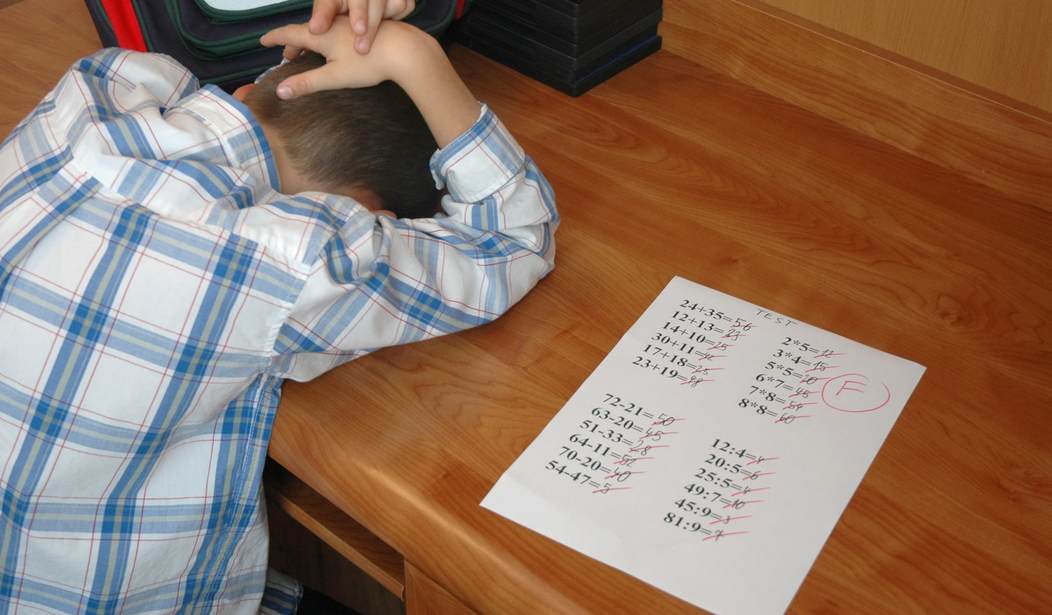Students in the United States have fallen behind kids in many other countries, according to the two largest international benchmarking tests in math, science, and reading. Five years into the implementation of the Common Core State Standards Initiative (commonly known as “Common Core”), 15-year-old kids in the United States lag behind their peers in 35 other countries in math.
The Program for International Student Assessment (PISA) in 2015 showed American students holding stagnant in science and reading, compared to results in 2012 and 2009, but far behind their previous results in math. Out of the 69 countries (and territories) tested, the United States ranked 39th.
In math, Singapore took the top spot, followed by four Chinese provinces: Hong Kong, Macau, Taipei, and BSJG. Japan scored below Taipei and above BSJG. Many other countries ranked higher than the U.S., including Canada, Finland, Ireland, Vietnam, Russia, Australia, the Czech Republic, Latvia, Malta, and Israel.
America’s 15-year-olds performed better in science and reading, only lagging behind 21 countries in each of those subjects. In both, Singapore took the top spot. Countries like Japan, Estonia, Ireland, Slovenia, Australia, Germany, and the United Kingdom still beat the U.S. in both subjects. While the U.S. ranked below average in math, America was roughly in the middle of education systems for these two subjects.
PISA, run by the Organization for Economic Cooperation and Development (OECD), measures critical-thinking and problem-solving skills in math, science, and reading. It examines 15-year-olds in 77 countries and education systems.
The Trends in International Mathematics and Science Study (TIMSS) proved slightly rosier for the United States. America’s 4th graders scored in the top quarter of the 55 countries and education systems involved in both math and science, although they showed no improvement since the last TIMSS in 2011.
U.S. 8th graders, also part of the TIMSS, scored higher than 2011 in math, but not in science.
These lackluster (and surprisingly negative) results come after five years of Common Core implementation, which began in 2010.
Parents and teachers who have long struggled with the convoluted ways Common Core mandates for teaching math will find it no surprise that America’s 15-year-olds have fallen behind other countries in this important skill.
This young girl demonstrated the ridiculous way Common Core teaches simple 3-digit addition — it took her a whole minute to add 460 and 295 using that new method. By contrast, it took mere seconds to add these numbers the traditional way.
But it gets worse. Common Core worksheets have insisted students “demonstrate work” in answering which day has an “i” in it. The worksheets insist on teaching math in multiple different ways, and they also mislead children about how government works (or doesn’t).
Opposition to Common Core has brought parents and teachers together, and one college student even blasted the system by name in a public service announcement about the weaknesses of America’s education system.
With these ridiculous standards, is it any wonder America is falling behind — especially in math? By the way, math is one of the subjects which is most concrete and easiest to judge across cultures. Bad math scores cannot be dismissed as a result of bias or cultural difference.
Perhaps, instead of encouraging a one-size-fits-all system like Common Core which enforces more needless work that holds children back, the American school system should diversify and allow for more local autonomy. After all, Singapore is a very small county (the U.S. has 64 times as many people) — and even it has many educational options.









Join the conversation as a VIP Member